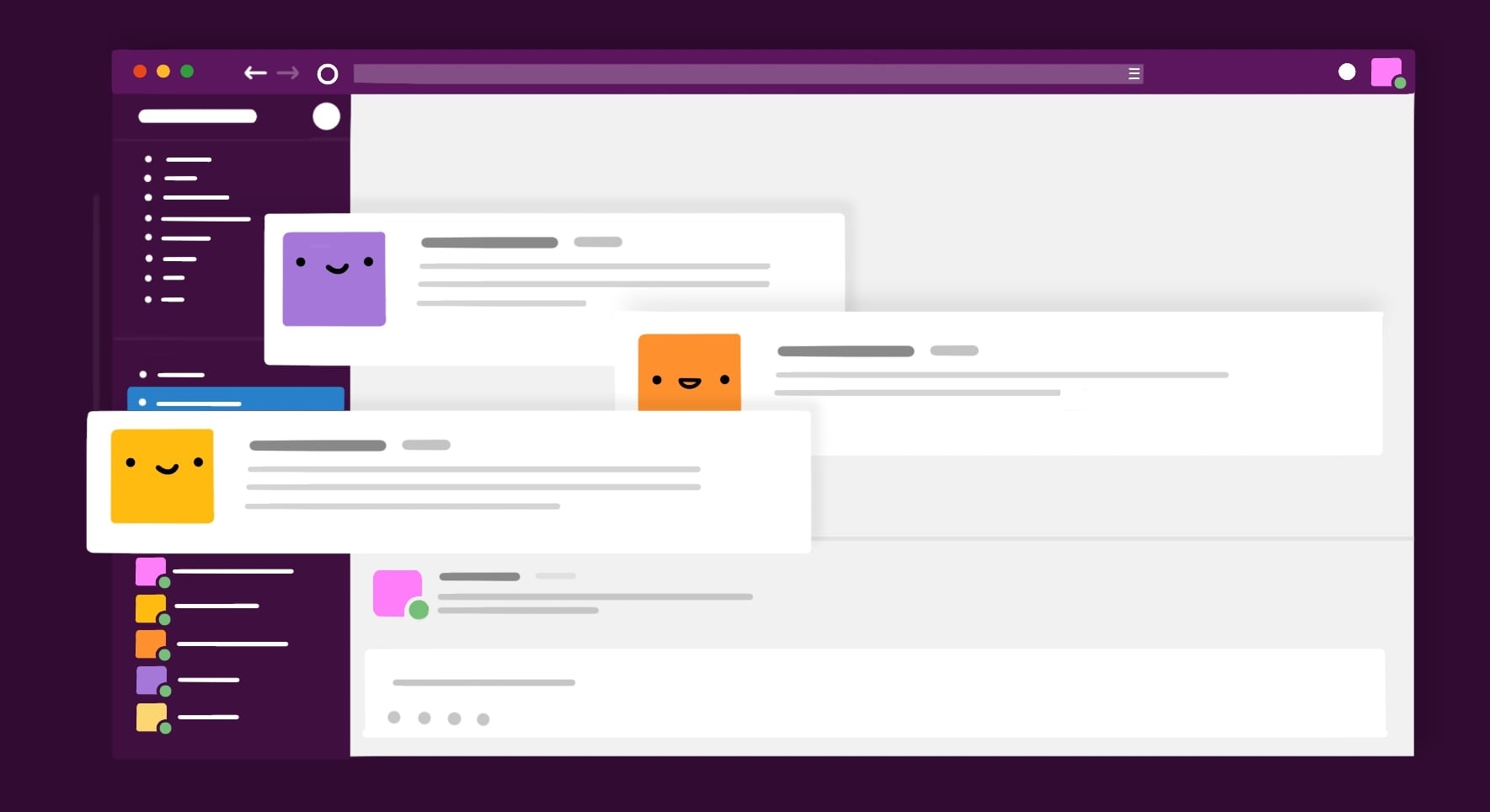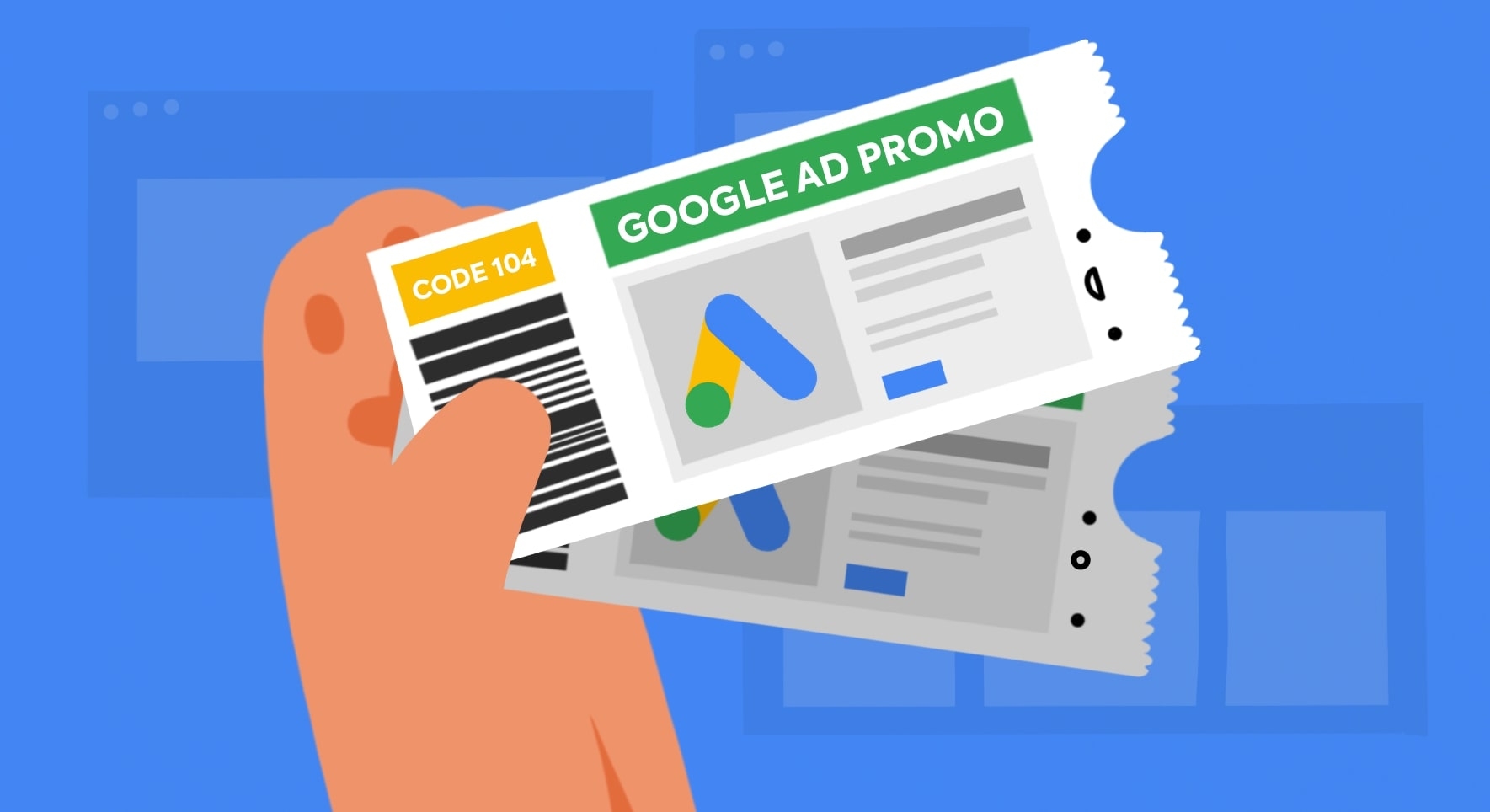Having a website with massive traffic is an outstanding achievement. But what good does it do for your business if it falls short in terms of conversions and revenue?
When it comes to implementing PPC campaigns, low budgets can be a problem for many businesses. However, there are still plenty of ways in which you can get the most even out of a very limited budget.
Keyword intent is one of the most fundamental aspects of paid search.
Without a keen understanding of the meaning behind visitor’s searches, even well-funded PPC campaigns will lose you a lot of money.
But by leveraging keyword intent, advertisers can attract qualified prospects, increase traffic to their sites, drive more sales, and generate new leads.
What Is Keyword Intent?
Keyword intent represents the user’s purpose of the search. It’s what the prospect is likely to do when typing in a specific phrase.
To be more precise, keyword intent indicates at what stage of the buyer’s journey your potential customer is in. For example, at the awareness stage, people are more likely to use keywords that revolve around their pain points, such as “best bikinis for the pear-shaped figure.”
Keyword intent is, without a doubt, the most powerful concept when it comes to keyword research. It helps you match your landing pages and content to users’ intentions and meet their needs better.
When it comes to search referrals, analyzing keywords by intent has to be your first step of diagnosing conversion issues.
How to Define the Commercial Intent of Keywords
The easiest way to determine keywords commercial intent is by looking at Googles keyword planner – a free tool for keyword research. Rather than contemplating on what you know about your own business, you can quickly find various keywords that people are using, along with additional user data.
After logging into your Google Ads account, you can head to the tools section and select the parameters in keyword planner that fit your target market and intent. The country, keyword filters, and other options here are entirely up to you.
In the keyword ideas tab, you can find all the data. There are a few factors to look at here:
- Average monthly searches
- Competition,
- Estimated bid costs
These three factors are what you need to determine if a particular phrase is a “money” phrase.
The ideal long-tail keywords will have a high monthly search count, competition, and a bid price. However, you don’t necessarily need to bid on the most popular keywords since those can be more competitive and costly.
The Difference Between Low and High Intent Keywords
There are three primary types of search query:
Transactional
Searches conducted to buy something. For example: “buy a mattress,” “mattress on sale,” “mattress free delivery,” “best prices for mattresses.”
Informational
Searches conducted to answer questions or learn something. For example: “best mattresses for lower back,” “best mattresses for people with insomnia,” “can a mattress help with insomnia?”.
Navigational
Searches conducted to locate a specific website. For example: “websites that sell mattresses online.”
High commercial intent keywords imply a strong intent of the searcher to carry out a transaction. Whether this is to buy something or inquire about some type of action that has a strong chance of leading to a later sale.
The purpose of using these keywords in your PPC campaign is to convince a user who has already decided to purchase to take the final action by giving additional incentives. Two primary types are “buy” keywords and “product” keywords, such as: buy, deal(s), discount(s), coupon(s), best, cheapest, review, delivery, or any searches directed to specific products and brands.
On the contrary, low intent keywords can be considered either informational or navigational in nature.
Someone searching for a specific website or looking for information on a given topic is unlikely to commit to purchasing due to these types of searches, meaning their commercial intent is considerably lower.
However, we must remember that the buyer’s journey starts at the exploration stage. So low intent keywords can play a significant role in targeting an audience at the early stage of the journey to gain brand awareness.
How to Determine the Right Keywords for PPC Advertising
A well-organized PPC campaign will include several different types of keywords with varying levels of intent, such as:
Brand keywords
These keywords include your brand name. They tend to have low costs and high-quality scores. Furthermore, they yield excellent results in terms of conversion rate and click-through rate.
Commercial keywords
They are the most valuable terms in a PPC arsenal. These high-intent terms are generally used by prospects closest to the “bottom of the funnel” and most likely to buy.
They include words like “buy now,” “sale,” “discount,” “free delivery,” “order now,” etc. In my experience, high intention keywords can double the CTR, increase conversions, and decrease your CPC by up to 40%.
Broader, low-intent keywords
If you want to expand your account and your business’s reach, it’s important to bid on some broader PPC keywords that have low intent.
They can help you increase brand awareness and conversion rates on general keywords through remarketing strategies. Such keywords are normally used to perform a search to find out answers to particular questions. For example: “signs of depression,” “signs of sleep deprivation,” “mattress reviews UK.”
Long-tail keywords
Long-tail keywords are the longer, highly specific, unique phrases often low in cost. They have less keyword competition but low volume and limited impressions too.
Competitive keywords
A good idea is to allocate some budget toward competitive keywords. It will allow you to get your brand and offerings in front of people searching for your competitors’ products or services.
However, there is a caveat: by bidding on your competitor’s brand keywords, you are inviting them to bid on your brand name. Additionally, brand keywords usually have 40-50% lower CTR because when a user searches for a brand name, they have already decided to buy from that store.
Top Tip: Test your ads based on the combination of the ad group and the keyword. Uncover additional search terms and relevant topics by interviewing your sales team and existing customers. Sometimes the terminology your customers use in their search queries can be different from yours.
Grouping and Managing Your PPC Keywords
Once you establish a base of your campaign’s keywords, you will need to continue analyzing their performance and to optimize your time and money investment.
Through proper organization and keyword grouping, you can stay organized and target your customers more successfully, thereby improving Quality Score and reducing your costs per click.
This type of organizing improves your PPC strategies by enabling you to create more quality–score-friendly ad groups, relevant text ads, and successful landing pages that drive conversions.
When you segment your keywords, PPC campaigns are more successful and cost-effective from end to end.
What Advantages Does Using Keyword Intent Bring?
Many advertisers falsely believe that exposure is more important than attracting qualified traffic. The issue is that the concept of appearing to as many people as possible is tempting.
Some new advertisers will choose this approach rather than willingly narrowing ad campaigns to targeted, qualified visitors. However, this is a mistake.
Choosing not to consider the intent of searches means that the advertiser’s budgets are likely to be exhausted sooner than if they targeted only visitors with high commercial intent.
Another shortcoming of the “quantity versus quality” approach to PPC is that if users click on ads without and do not complete a purchase, you will still be charged for those clicks. The result is a budget spent on traffic that will never convert, and your cost per conversions will go up.
Conclusion
If you are hoping to increase sales by leveraging more traffic to your site, you will need to target high commercial intent keywords as part of your paid search strategies.
Yes, the competition for these search phrases can be fierce and expensive, but by including them in their query, the searcher is certainly indicating their intent to make a purchase.
Use various keyword research tools to get keyword suggestions for a specific user’s intent. But the rule of thumb is that the longer and the more precise the keyword phrase is, the more likely the user is ready to buy.
In the long run, high intent keywords are far more cost-effective because conversion rates tend to be higher, click-through rates are strong, and advertisers utilizing them often have significantly reduced cost per acquisition.
If your landing page is well optimized, it shouldn’t be too hard to grow your sales using the right keywords. On the other hand, if your conversion rates don’t improve, you’ll need to continue testing various keywords and 2-3 versions of your landing pages using heatmaps and other UX analysis tools.
Hopefully, in this article, you were able to find everything you need to know about the basic concepts of keyword intent and how you can use it to optimize your PPC campaigns.
See Also
- How to Advertise on Google And Boost Your Sales
- Using Dynamic Location Insertion To Save Time & Improve Ad Relevancy
- What Is The GCLID And What Does It Do?
- The Impact of Google Ads Hiding Search Terms Data (Case Study)
- The Essential Guide To Google Ads Sizes (AdSense Ad Sizes)
- The Top PPC Tools In 2021 & Why You Need Them For Your Campaigns
- What Is A Good Click Through Rate For Your Google Ads?
- How to Use Facebook Ad Library to Design Better Ads








